He’s the Scottish author who wrote a book about lockdown and a pandemic more than a decade before anybody had ever heard of Covid-19.
And he’s the TV scriptwriter who – in association with his wife Janice Hally – created the first-ever Gaelic soap opera Machair which arrived on our TV screens in the 1990s.
In which light, nobody can ever accuse Peter May, a prolific individual who has also penned 30 crime thrillers, including the acclaimed Blackhouse trilogy, set on the Isle of Lewis, of sitting around twiddling his thumbs as the world spins on its axis.
This is a roller-coaster of emotion
It’s a long time since he was a young pop band member, performing at Aberdeen’s Beach Ballroom or at the naval base in Lossiemouth, or a journalist in the west of Scotland 40 years ago, but if genius is an infinite capacity for taking pains – and engaging in meticulous research – the 72-year-old is in the Stephen Hawking class.
And, as he prepares to return to Inverness and the Western Isles next month to promote his new book The Black Loch, he talked about his inspirations, frustrations and vexation over what lies ahead for youngsters after his generation is gone.
The new work starts with the discovery of a young woman’s body abandoned on a beach on Lewis. And it leads to the return of detective inspector Fin Macleod, who discovers that his married son, Fionnlagh, had been having a clandestine affair with the victim.
Yet, as you might expect with May, this is no conventional whodunnit, but the catalyst for an exploration of everything from salmon farming to whale strandings.
The world is changing around him
As so often with his novels, the plot seems perfect for a TV/film adaptation and being transformed into a drama along the lines of Shetland.
But that’s not going to happen.
And why? Because he isn’t interested in having his densely-plotted works shredded and rehashed to include a cheap scare every 15 minutes.
And because he has worked in television and recognises the compromises which often have to be made.
He said: “I know Ann Cleeves and she has had two long-running TV series based on her books – Shetland and Vera – and I talked to her about it. She told me that she passes the books and characters on to them [the producers] and they can do what they like with it.
“That’s fine, but I couldn’t do that. I have to have my finger on the control button, but then I was involved in in television for a long time and know the pressures on producers with budgets and other things, so I’m happy to let the books speak for themselves.
He has past experience of this
“One of my [China-based] books was made into a movie by a French production company. They weren’t allowed to film in China or in Hong Kong, so they ended up in Seoul and the main character became a South Korean cop, the American pathologist became a French pathologist and the story was altered beyond all recognition.
“The producer phoned me and said: ‘We’ve done it’. And they even booked a filmhouse near me, hired it for the day, and we were given a private screening.
“That was nice. It’s just a shame the film was crap!”
There were plenty of challenges when May and Hally embarked on their innovative Machair project, but they spent significant time in Stornoway, Tarbert and Leverburgh in the Western Isles to bring the idea to fruition and their faith was justified.
During filming from 1993 to 1999, the cast and crew lived on the Isle of Lewis for five months of every year, with the remaining period spent in Glasgow on post-production.
It still feels like home to me
He recalled: “The series was subsequently shown at peak viewing time on Tuesday evenings, it became one of the top 10 most-watched shows in Scotland, and won a 33% audience share (and this was at a time when Channel 4’s flagship soap, Brookside, was getting a 16% share in Scotland).
“The biggest single challenge to shooting Machair, by doing it single-camera and entirely on location, was the weather. We filmed in some of the most appalling conditions imaginable, and always had to remain flexible with both script and schedule.
“Amazingly, it all ended up looking great on screen – which was a credit to the highly professional crew that we imported initially from The Bill in London, before we began developing local talent. And I still regard it as a joy to be involved with.”
May has grown accustomed to touring his homeland every autumn and he will be at Bloody Scotland in Stirling on September 14, before moving on to Eden Court in Inverness on September 18 and Lews Castle in Stornoway the following night.
It’s a gruelling schedule and he admitted he has been thinking about winding down his literary commitments. In fact, The Black Loch might never have happened, but it “was like in a worm in my head which wouldn’t stop wriggling” until it was finished.
I’ve seen it in sun and in snow
He said: “I love these tours and meeting readers and it’s very gratifying that they still come in such big numbers to these events, but you never take it for granted.
“In Inverness, for instance, I stay in the same hotel, in the same room every year, and I’ve seen it in sun, in snow, in all weathers. That is always joyous.”
However, he is less sanguine about what lies ahead. Indeed, there was no disguising his concern when I asked him if he was optimistic or pessimistic about the future.
He said: “Deeply pessimistic. I don’t have long left on this earth, but I look at the kids who are growing up now and I think: ‘Oh God, what a shame’.
“They are heading into a disaster area and we can see it happening…the floods, the storms, the heatwaves, the fires, the ice melting. Climate change is enveloping the planet and there are still folk out there who think it’s rubbish and Big Oil and the lobbyists working hard to prevent measures being taken to tackle the problems.
My heart goes out to young people
“They want to keep exploiting fossil fuels and burning them until the planet’s a crisp.
“I see the politicians and businesses turning their backs on the evidence – and ignoring it – and I think it’s both shameful and actually criminal.”
But surely, I responded, there will be some reason to be cheerful. Even if it’s taking refuge in gallows humour? Then, once again, we were back in Machair territory.
May said: “Of course, you always try to find the smile in the dark situation. When you’re filming on Lewis on a tight schedule and it’s blowing a Force 10 gale in your face and you’re out on a clifftop somewhere, being pelted with hail, and with time and the light both running out, you have to find something to laugh about.
“But no, I don’t have a lot of optimism about the future.”
The Black Loch by Peter May is published by rivverun on September 12. For details of his book tour in Scotland, visit www.petermay.co.uk
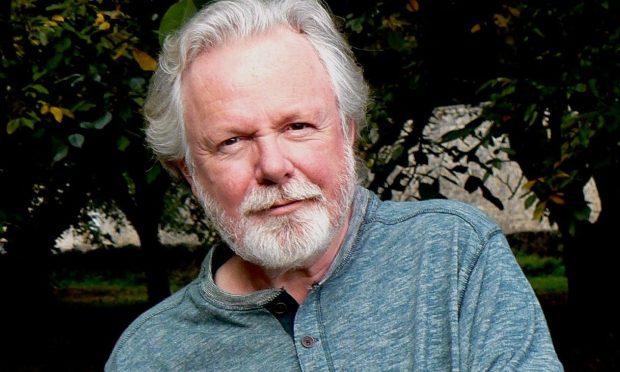
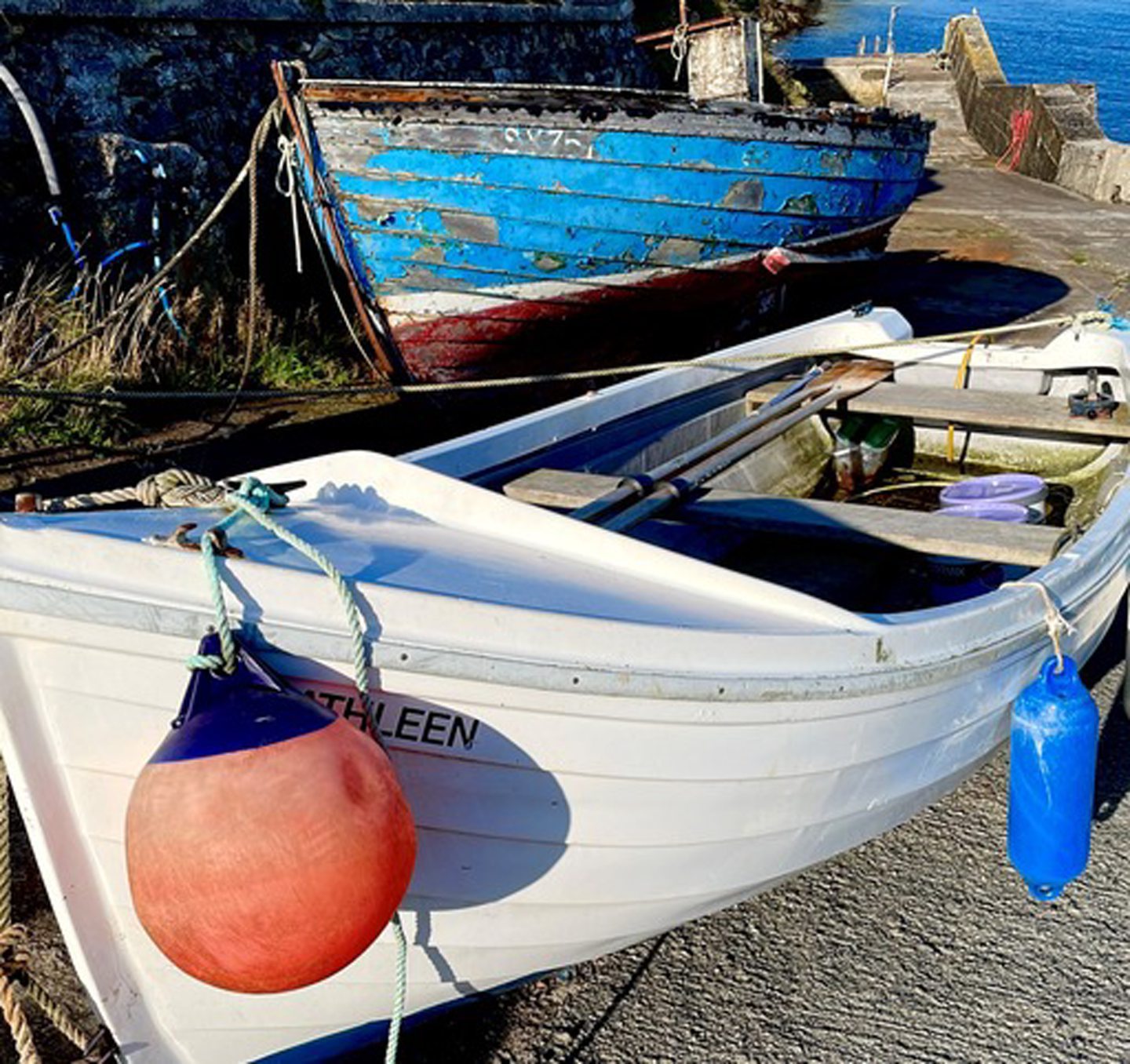
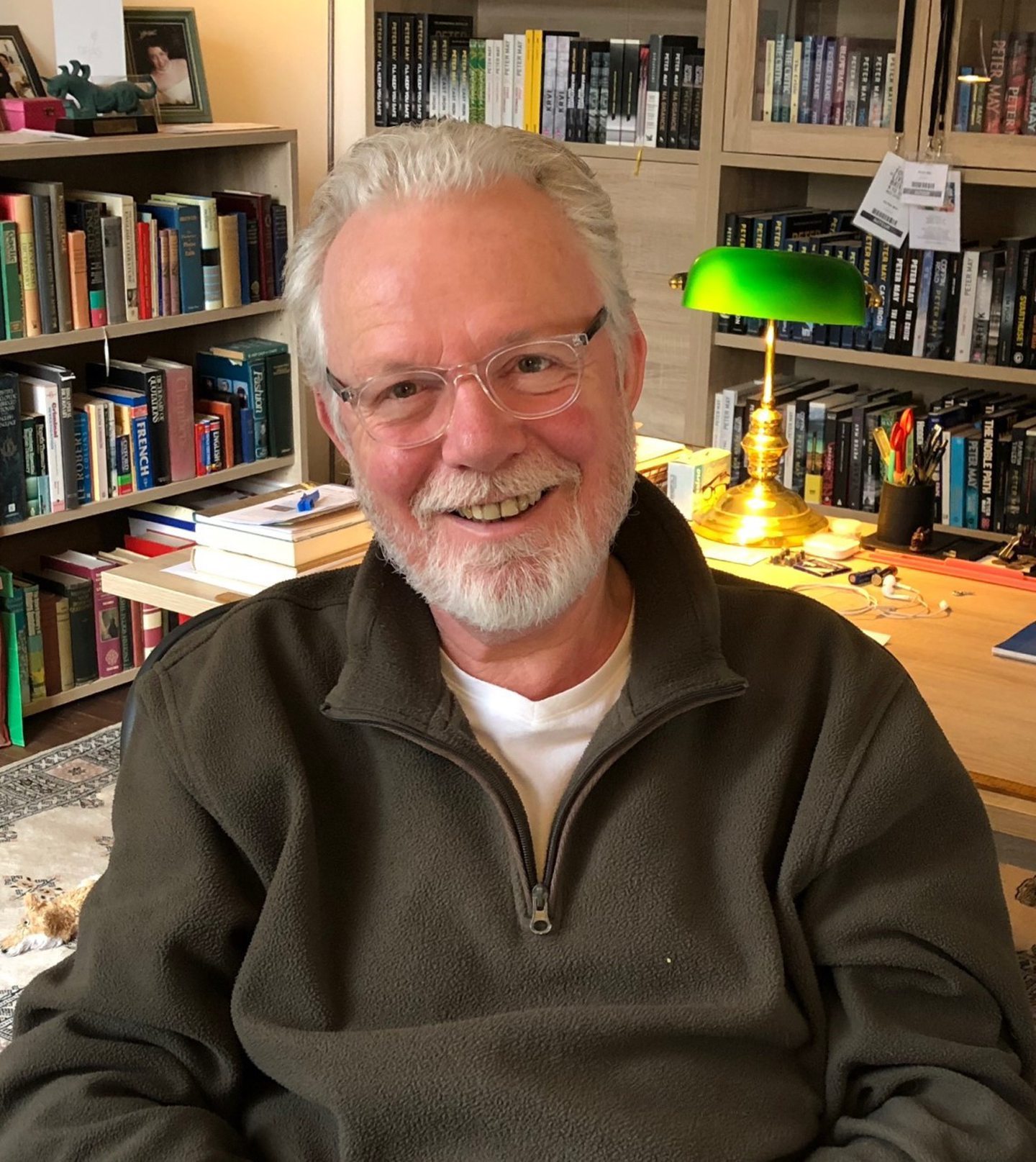
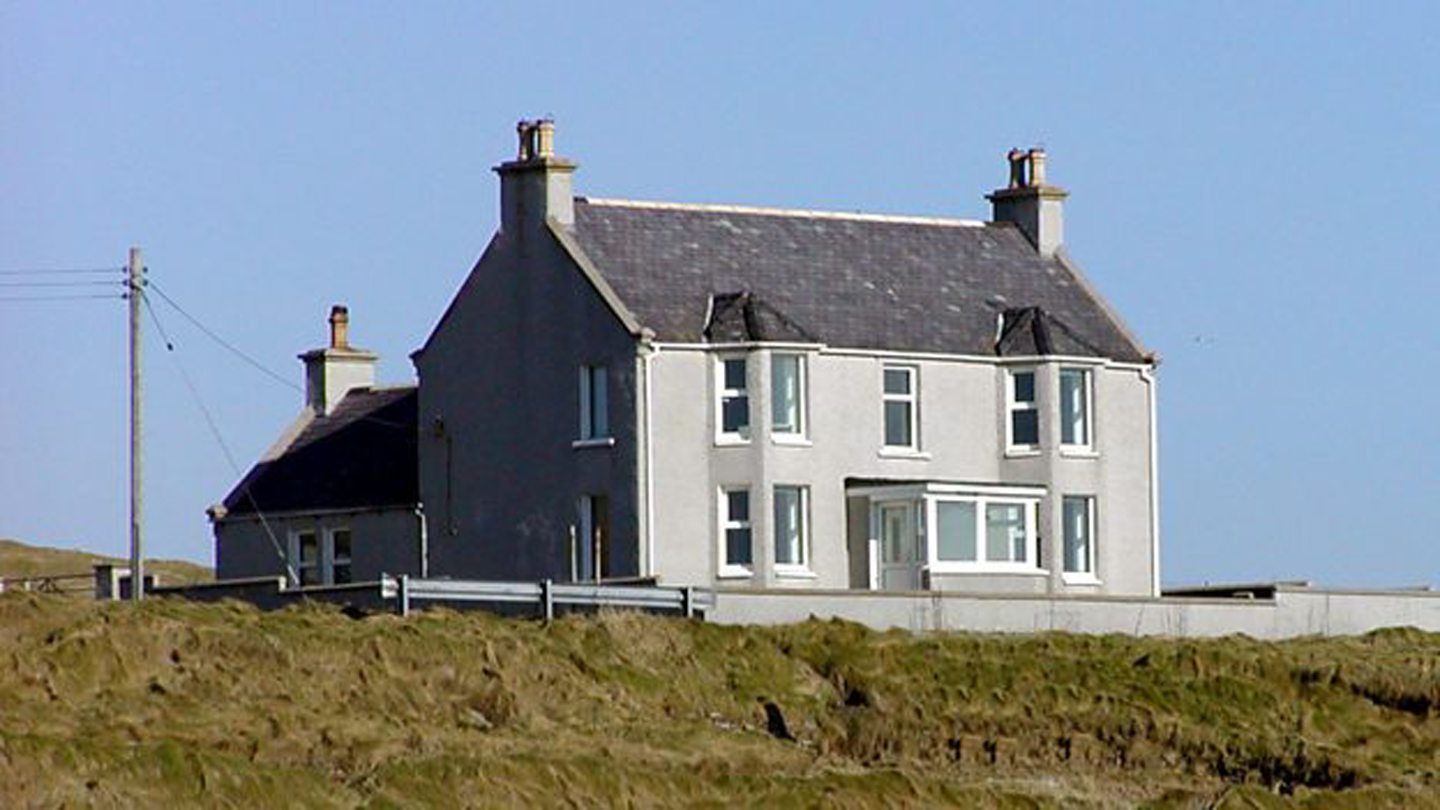
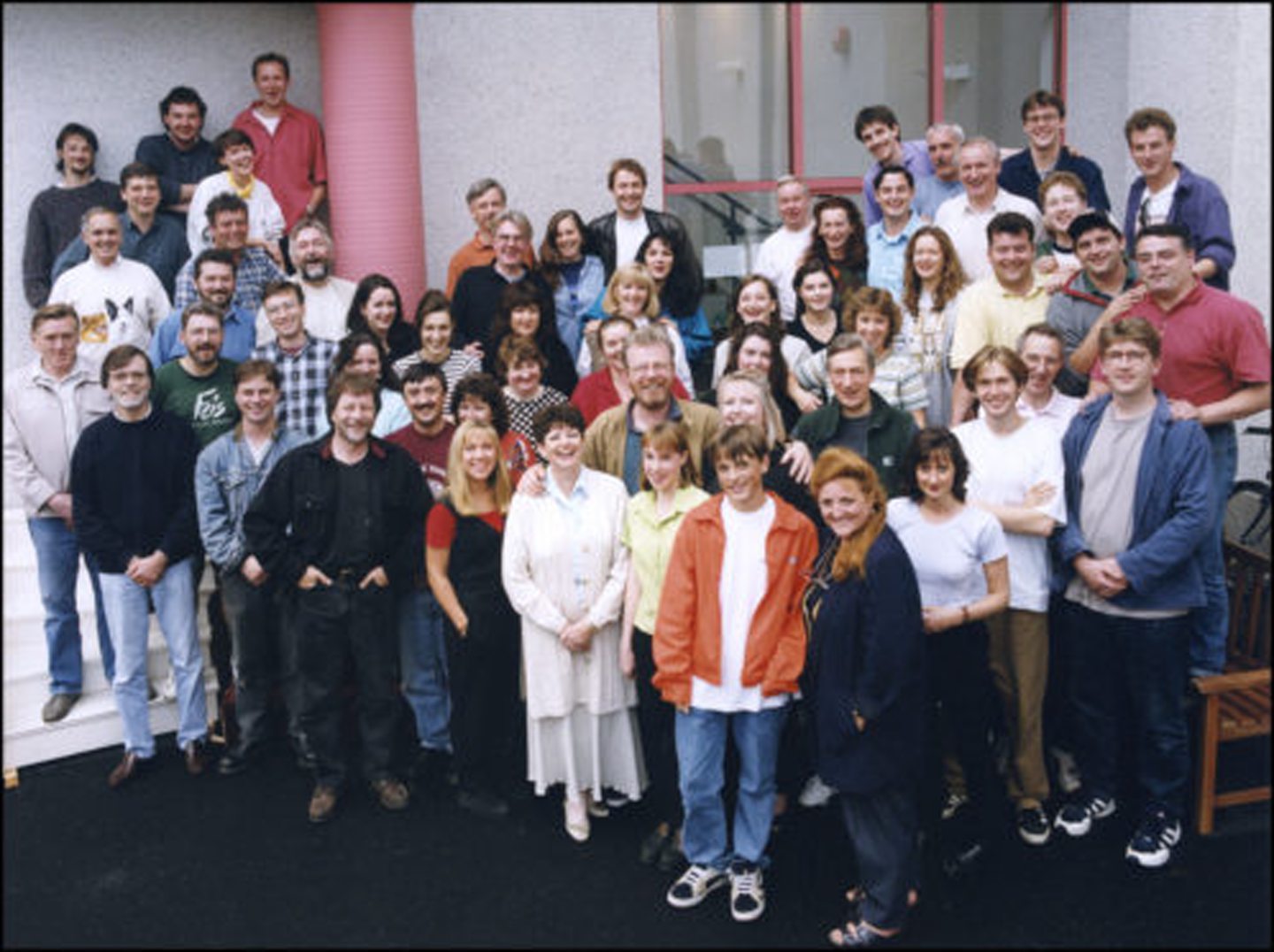
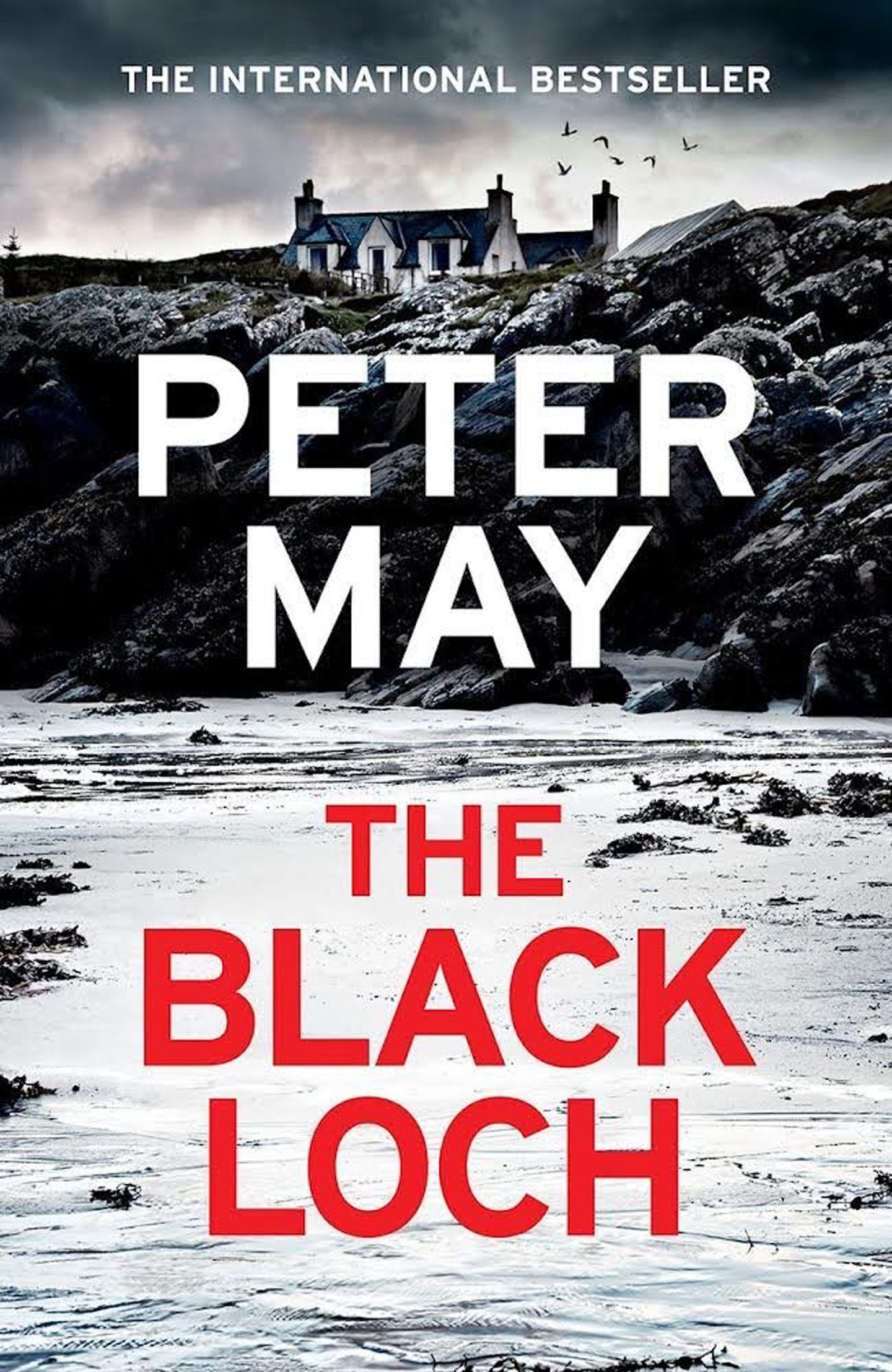
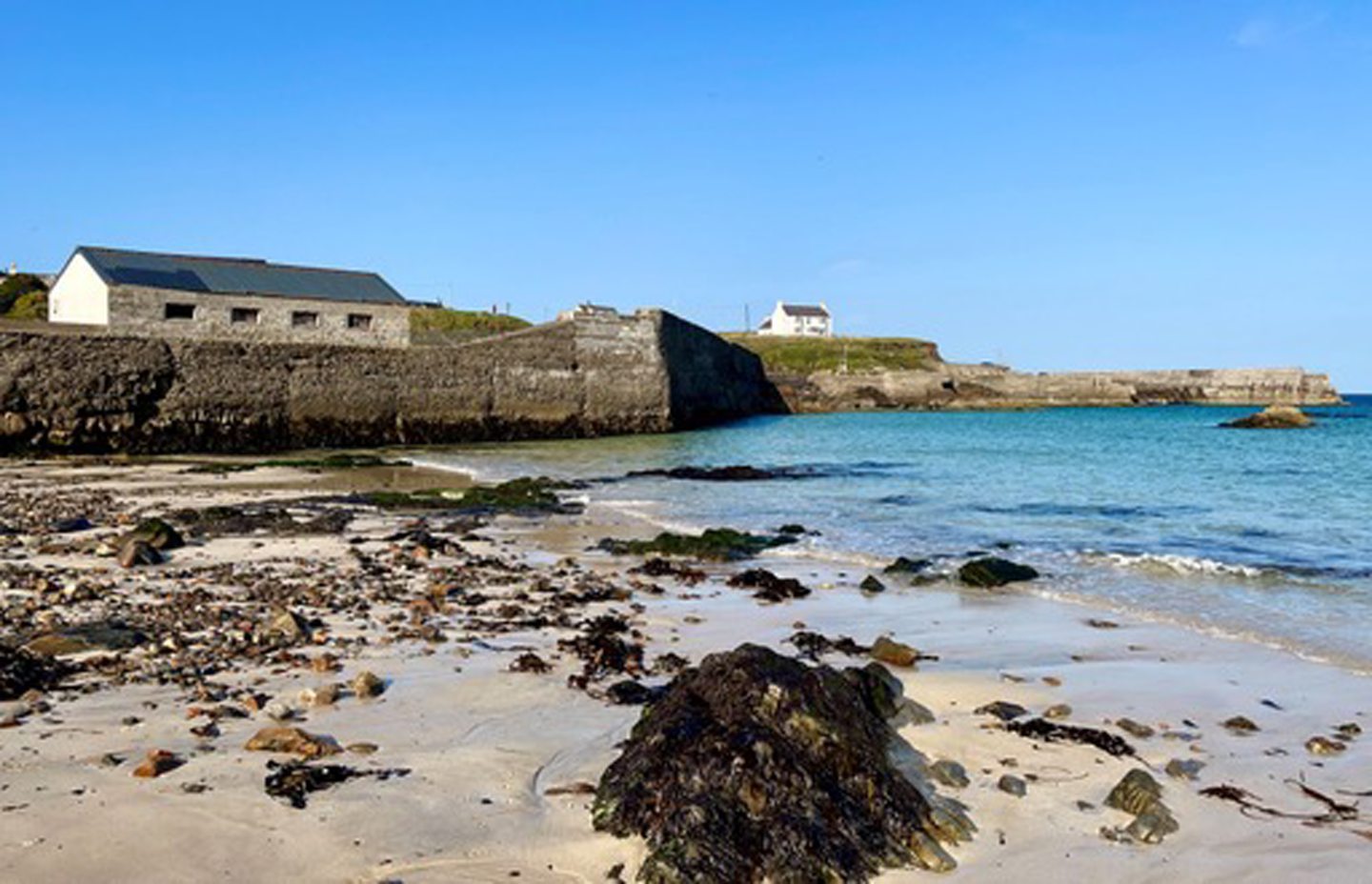
Conversation